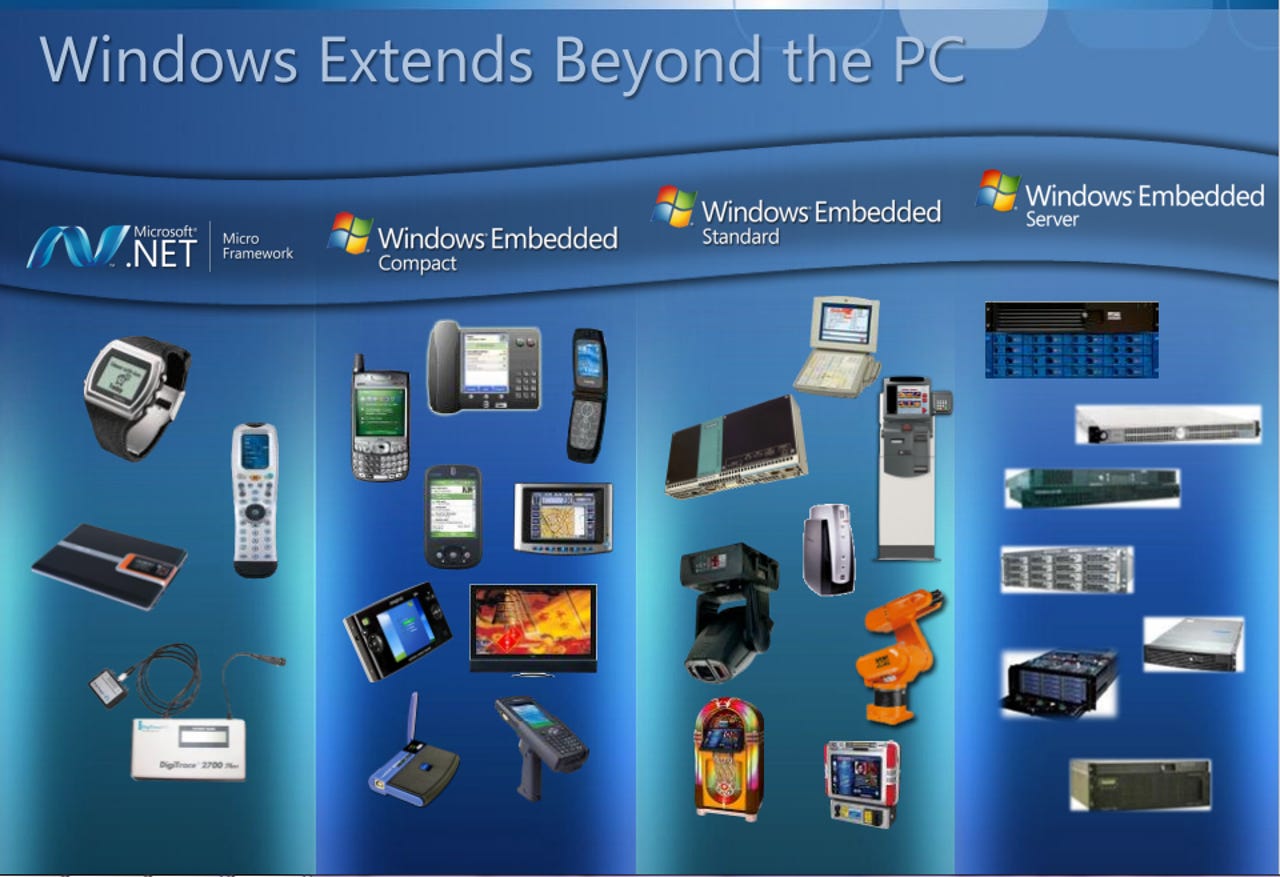Microsoft's slate strategy takes yet another turn

What a difference a year makes, when it comes to Microsoft's slate strategy.
At the Computex show in 2010, Microsoft officials were doing some fancy footwork to differentiate slates from tablets and explain when and why OEMs would use Windows Embedded Compact vs. Windows 7 as operating systems for those different categories of devices. This year at Computex, Windows -- not the Embedded Windows version -- is being championed as Microsoft's operating system for slates and tablets both.
Steve Guggenheimer, Microsoft's Corporate Vice President, OEM, provided the first of two Microsoft keynotes at Computex 2011 on June 1. Guggenheimer explained that Microsoft would talk about the current generation of Windows-powered devices during today's keynote, and tomorrow's "preview" there would be all about "the next generation of Windows." (Here in the U.S., Microsoft Windows President Steven Sinofsky is expected to provide the same "Windows Next" information at the AllThingsD conference at 3:15 PST on June 1. Sinofsky's remarks will not be Webcast.)
Just a year ago, Microsoft officials were positioning Windows Embedded Compact as the operating system that Microsoft hoped PC makers would use in their slates. (Microsoft was talking up slates a year ago as "consumption" devices, as opposed to creation devices.)
Because it could run on ARM processors, Windows Embedded Compact -- version 7 of which Microsoft finally released to manufacturing in March of this year -- was a good choice for low-power devices, the Softies said. For PC makers who wanted to create devices that could handle both creation and consumption equally, Microsoft was touting full Windows 7 as the operating system of choice.
At this year's Computex, Windows Embedded merited barely a mention during Guggenheimer's keynote. There was no more talk about creation vs. consumption devices. And the bit that Guggenheimer did discuss around Microsoft's Embedded OS platform was all about industrial devices, point of sale terminals and cars. Not a word this year about Windows Embedded being a good choice for slates.
(If you want to compare the two Computex keynotes from Guggenheimer yourself, here's a transcript of his Computex 2010 remarks. Here is a transcript of his June 1 2011 Computex remarks.)
Even just a couple of months ago, Microsoft was still positioning Windows Embedded Compact as a slate operating system. (Check out the pictures of the slate devices under the Windows Embedded Compact heading in Microsoft's slide below.)

But shortly after the Windows Embedded Compact 7 launch, something changed. Microsoft seemingly dropped Windows Embedded Handheld 7 -- its Windows Embedded Compact 7-based version of its ruggedized handheld operating system -- from its roadmap. And so far, all the new Windows slates and tablets that have come to market in the past couple of months and/or promised for the following couple of months are running full Windows 7, not the Embedded Compact 7 version of the operating system.
One explanation for the change is that Microsoft is putting all of its slate/tablet eggs in the Windows 8 basket. Because Windows 8 will run on both x86 and ARM chips, Microsoft no longer needs two different operating systems to target the two families of platforms. Microsoft is believed to be readying two different interfaces for Windows 8: One tailored to work on touch-centric devices and another that will work on standard PCs, laptops and notebooks. (Maybe we'll hear more on this from Sinofsky later tonight, though I'm not holding my breath as to the amount of Windows 8 information Microsoft is planning to share at this point in the development schedule....)
The Windows Embedded team hasn't been willing to talk about futures or positioning the several times I've asked for explanation. My assumption is Microsoft is no longer encouraging (or maybe even allowing) OEMs to use Windows Embedded Compact as a slate/tablet OS. If I get any kind of updated positioning statement from Microsoft, I'll update this post with it.